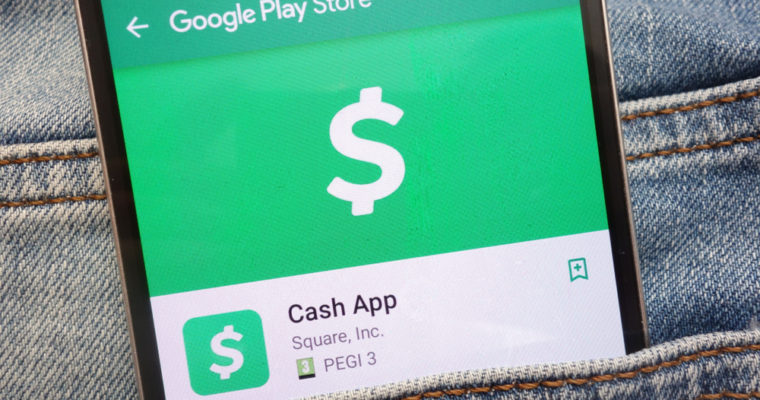Square, the merchant payment service provider which thrives on its mobile card readers and applications, has posted its third-quarter shareholder report, and it includes $43 million in bitcoin revenue.
Slim Margins on Bitcoin
Overall, they’ve made 51 percent more than they did last year up to this point, and revenue is 68 percent better than they did during the same quarter of last year. BTC sales are one of its smallest components, but they still represent a notable portion of total revenue — around 5 percent.
They mention that their adjusted revenue figures reflect a deduction of bitcoin transaction costs, noting that:
“We deduct bitcoin costs because we consider our role in the bitcoin transactions to be facilitating customer access to bitcoin. Since we only apply a small margin to the market cost of bitcoin when we sell bitcoin to customers, and we have no control over the cost of bitcoin in the market, which tends to be volatile, we believe deducting bitcoin costs is a better reflection of the economic benefits as well as the Company’s performance from the bitcoin transactions.”
Actual profits on the BTC revenues were therefore roughly $500,000, about 20 percent more than what they made in the previous quarter on the same product. Square has yet to add a variety of cryptos to its offerings, but when or if it decides to do so, we expect these revenues to increase as they can likely have higher margins on cryptos that are perceived as harder to acquire using traditional means.
Square on Pace to Become Leading Crypto Provider
Square’s Cash App allows people to digitally transact money much like PayPal, and also allows users to invest in the most prominent cryptocurrency. They secured a patent for their payments network earlier this year, potentially locking themselves in as the premier bridge between legacy payment rails and cryptocurrencies.
As CCN reported, Square brass have previously noted that cryptocurrency and BTC, in particular, is a “transformational” technology.
Given that Square is used for many purposes besides investing in or holding BTC, it’s likely to continue growing as a premier crypto provider and gives the added benefit of exposing its massive user base to cryptocurrencies.
The firm’s Cash App has more than 10 million installs on the Google Play store and provides a seamless crypto purchasing experience. In this respect, they are light years ahead of PayPal, who have yet to integrate cryptocurrency in any meaningful way, despite several notable rumors over the years. As of now, one can still not simply purchase crypto through his or her PayPal wallet, a feature that Square Cash now has.
Featured Image from Shutterstock
Follow us on Telegram or subscribe to our newsletter here.
Advertisement















